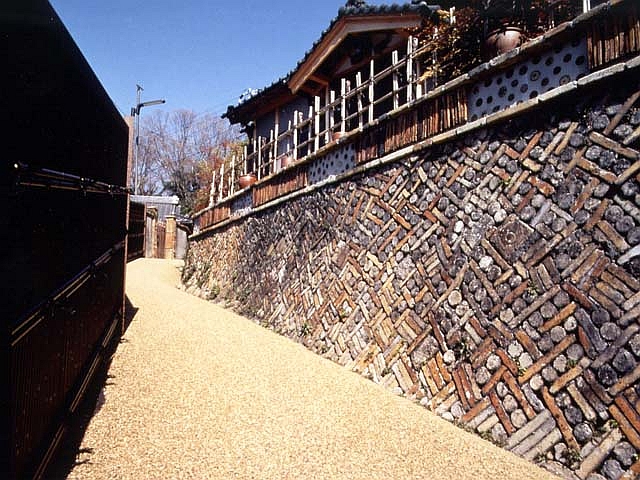
The kiln tools used to burn kilns such as Engoro and Tanaita are stacked in geometric patterns, allowing you to wander around the small diameter with built walls and fences. It used to be the main street where cartwheels and craftsmen came and went, and the scenery unique to the city of the yakikono can remember the times.
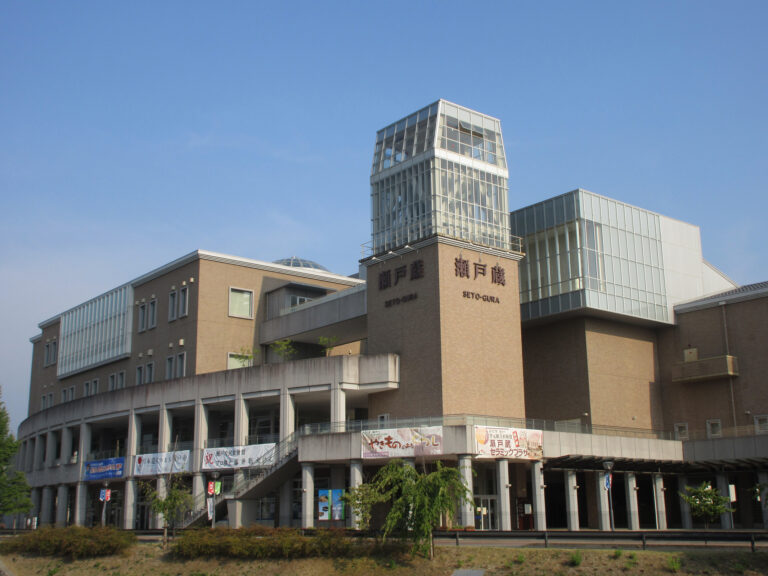
Seto-zō is a four-story complex consisting of a rental hall including the Seto-zō Museum, a store for goods and food, a Tsubaki Hall, and a meeting room. It is also a base facility for the Setto-Marutto Museum, which promotes town development by looking at the entire town of Seto as a museum or museum. The Seto Museum, where you can touch the history and culture of Seto ware, is on the second floor. From the observation tower 30m above the ground, you can see the city of Seto and Nagoya. The observation tower is full of glass, so you can enjoy the 360-degree view.
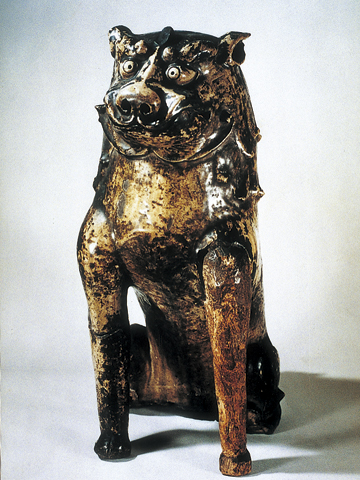
A shrine that guards Seto citizens, including disease-free disaster and prosperity of descendants. The main shrine was created in Bunsei 6 (1823) and is designated as a tangible cultural property of Seto City. The treasure hall also houses a guardian dog of national important cultural property. At the "Hatsubis" held on January 5 every year, the Seven Lucky Gods procession, inviting fortunes, walks through the shopping streets.
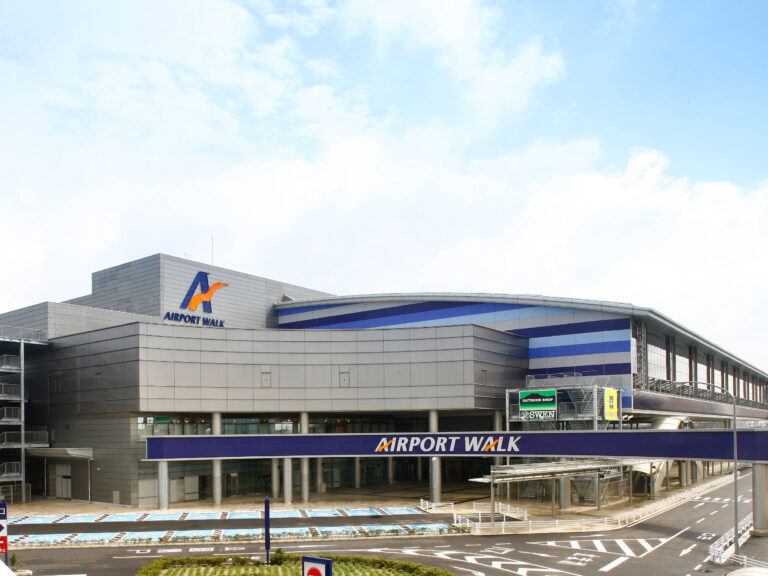
Reuse the former international terminal at Nagoya Airport as a combined shopping mall. There is a large supermarket Apita, a midland cinema, and 135 specialty stores in the hall that retains the image of the airport. There is a sky lounge and a view deck on the 5th floor.
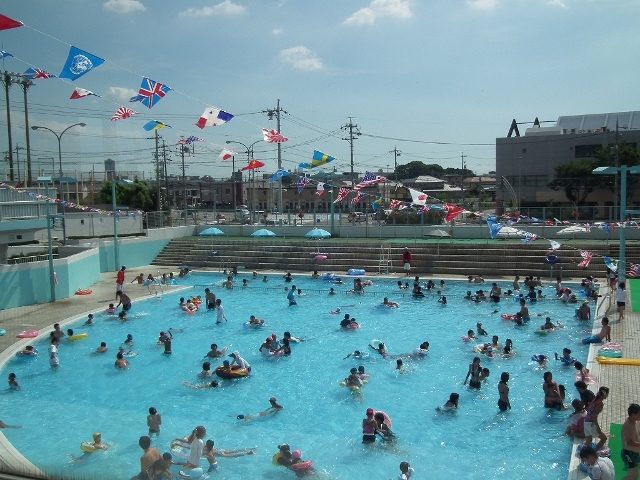
A five-minute drive from the Nagoya 2nd Circular Road Kusu IC; a fun pool with three sliders, including a large slider; a toddler pool with toys such as Baquet and Jouro; and a nursing area, where babies can go out in peace.
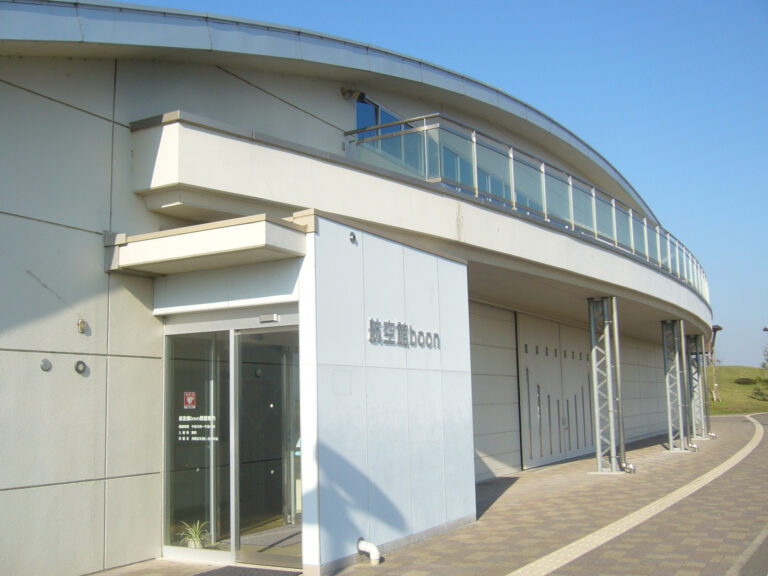
A museum in Shinmei Park that fosters children's interest in the sky. The Kawasaki Hughes type 369HS helicopter and the aircraft and the actual aircraft of the Mitsubishi MU-2A3 unit will be exhibited. There is also a flight simulator where you can operate the control stick and leave, an exhibition of materials about aerospace, and a learning corner where you can play airplane quizzes. There is also a photo spot where you can shoot in a costume and it is popular with families. Airplanes can also be seen from the observation deck. There are playgrounds such as Jabujabu Pond in Shinmei Park, but Lawn Square and Chibikko Square are closed for construction as of February, 2024.
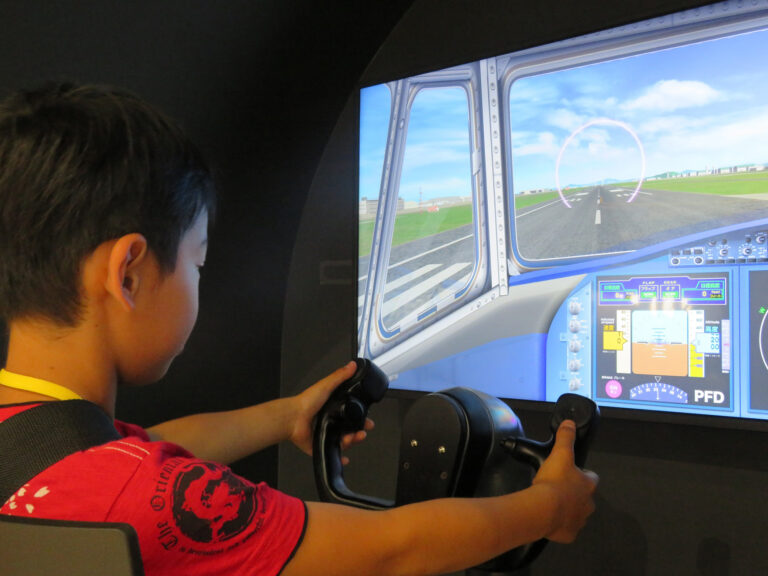
An aircraft-themed museum located inside the prefectural Nagoya Airport. Experience programs are enriched, including the "vocational experience" of pilots and mechanics, the "Science Lab", where you can enjoy learning how aircraft fly through experiments and crafting, and the "Flying Box", where you can feel like you're flying in the air. From the rooftop observation deck, which is about 300m to the runway, you can see the aircraft take-off and landing up close.
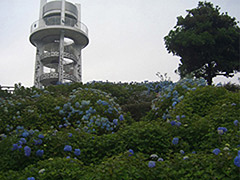
There are various kinds of fun fun, such as disc golf and barbecues, such as solis belli, which is popular with little children. Barbecues are required.
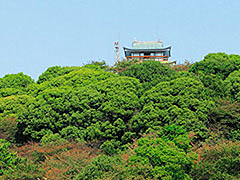
In Eiroku 6 (1563), it was Komakiyama Castle that Nobunaga moved his ijō from Kiyosu. The Komaki City Historical Hall on the summit was built in 1968. The museum introduces the history and folklore of Komaki. Light up at night, too.
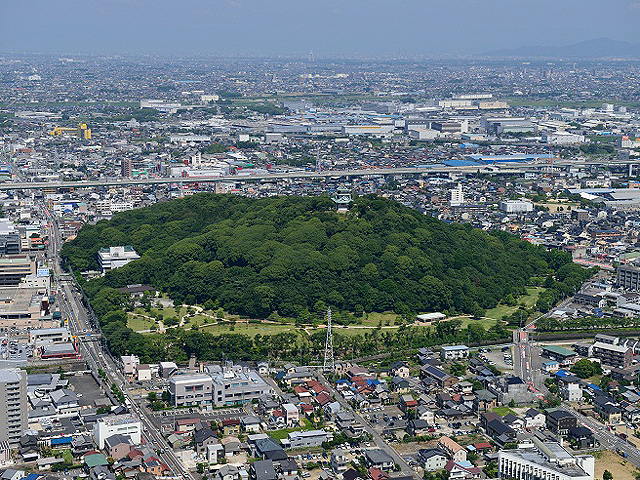
Komakiyama Castle lived for four years in a castle that Oda Nobunaga worked on himself for the first time, and later became historically famous for the battles between Komaki and Nagakute. At Komakiyama Castle, earthworks, moats, and kurata developed throughout Komakiyama, and stone walls, which became the roots of the modern castle, were laid around the Honmaru. In addition, there is also a recommended spot for the rekishirukomaki (Komakayama Castle Historical Site Information Center).











